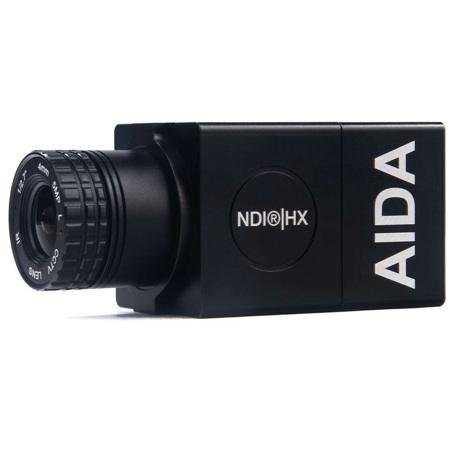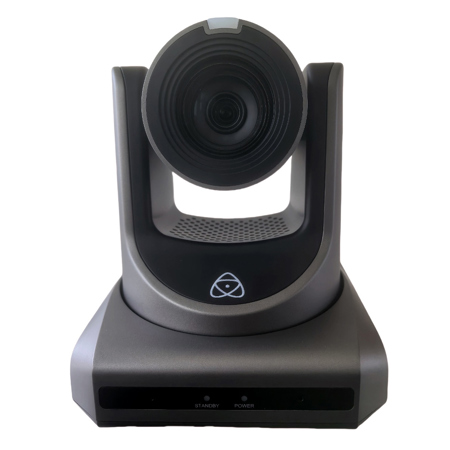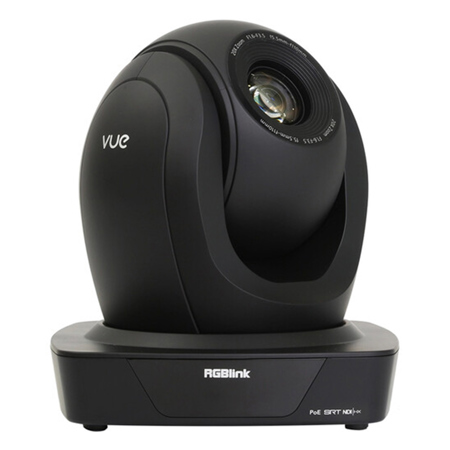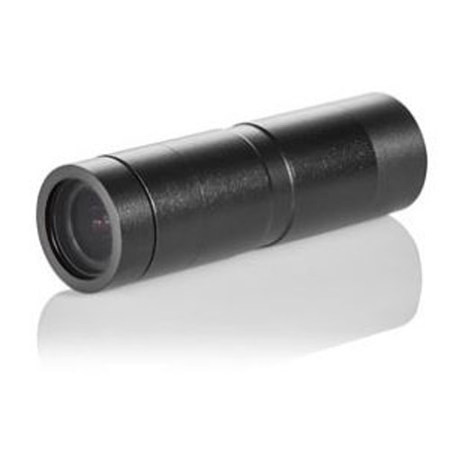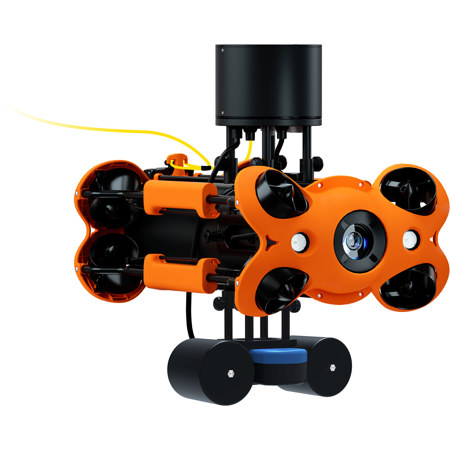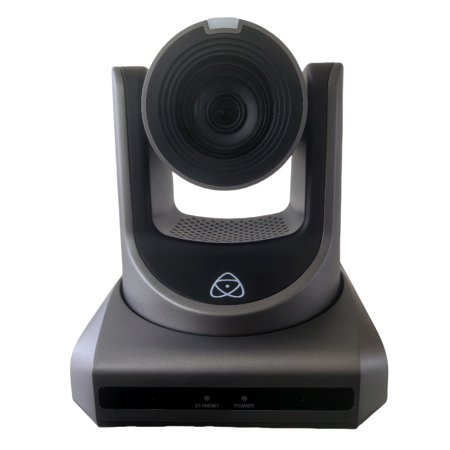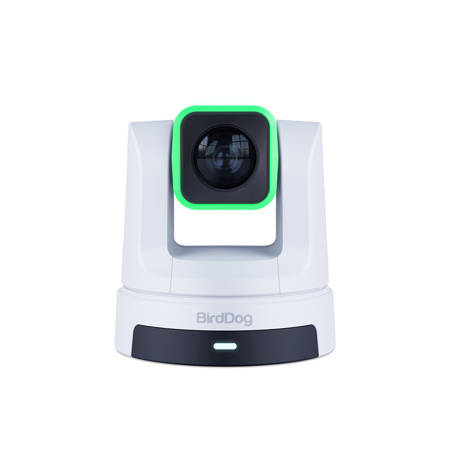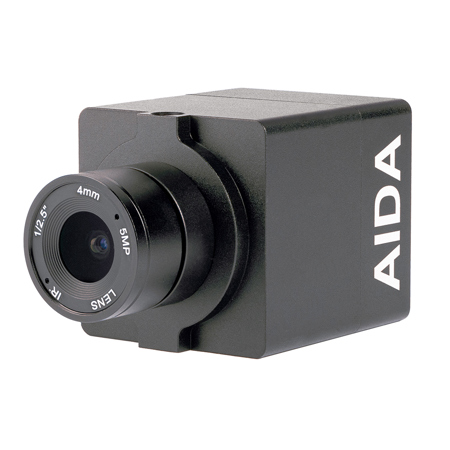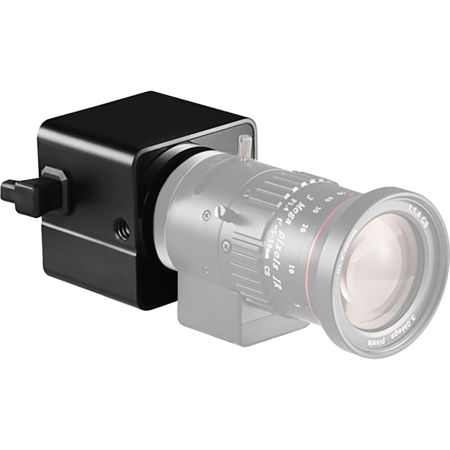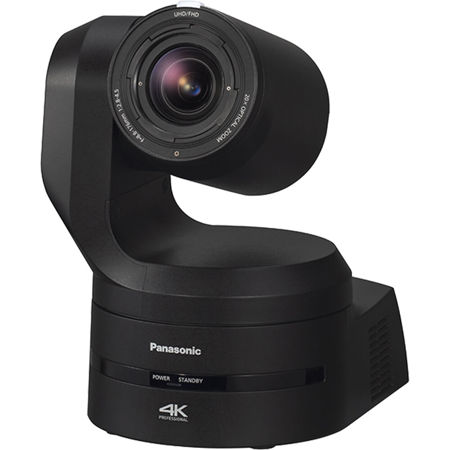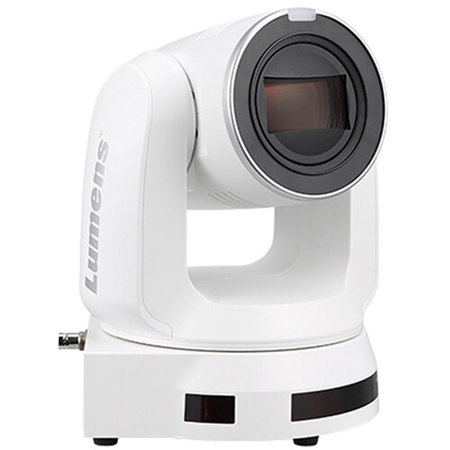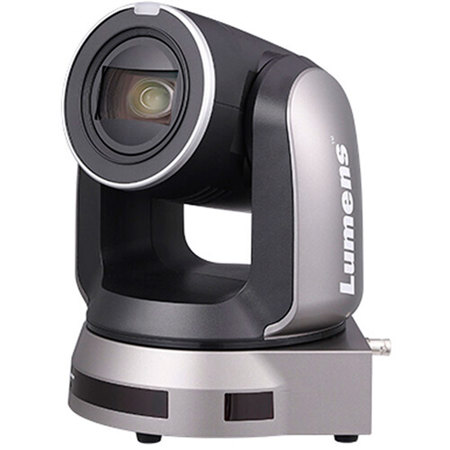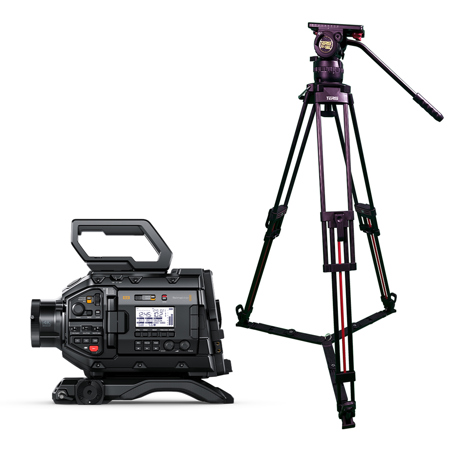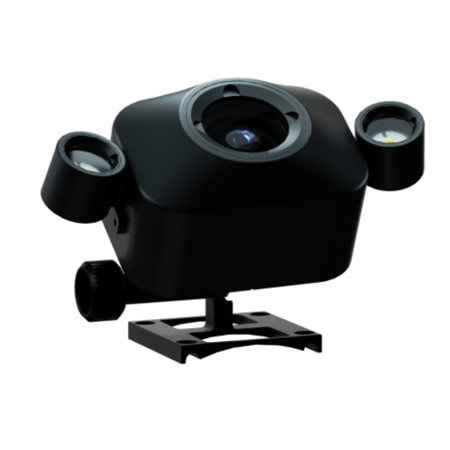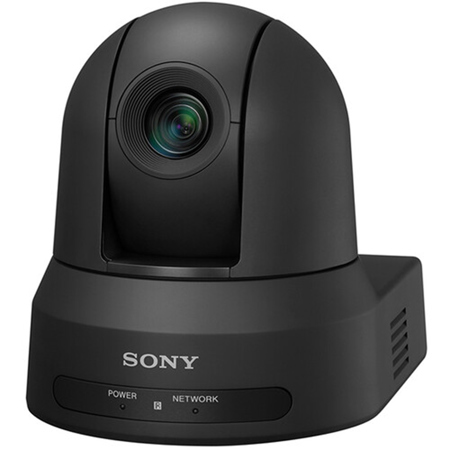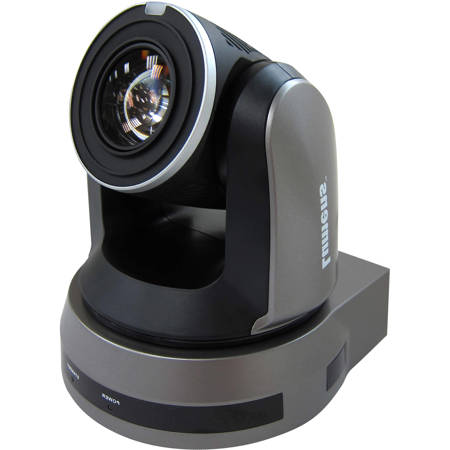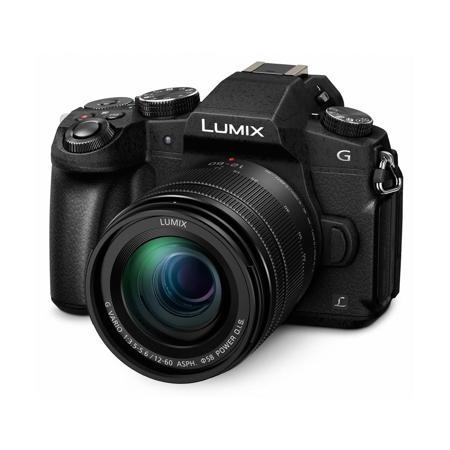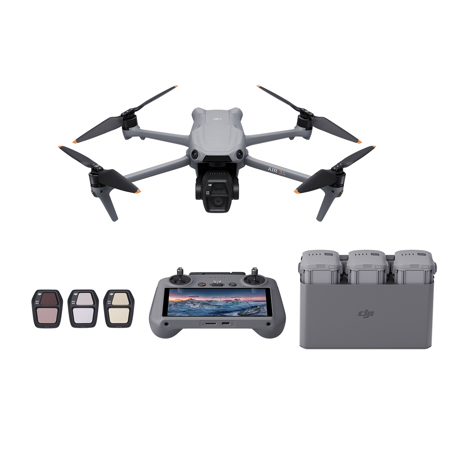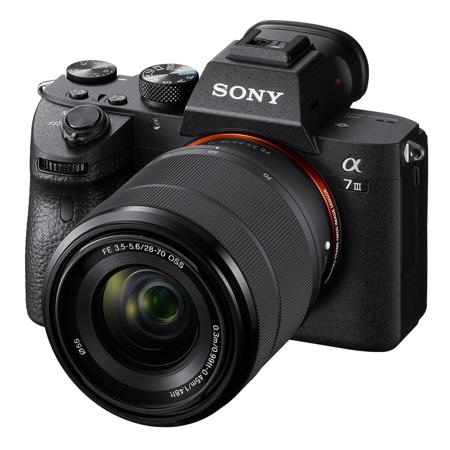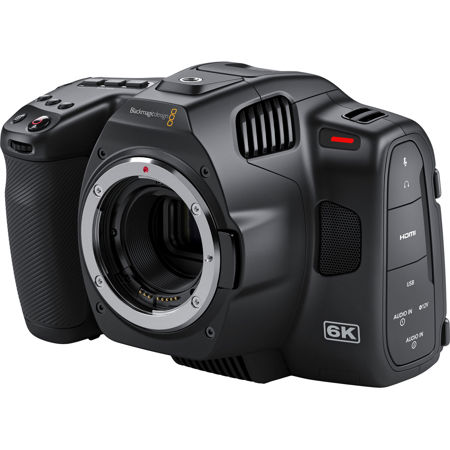Auxiliary Cameras
Auxiliary cameras have become essential tools for anyone seeking a more comprehensive view of their environment, whether on the road, at work, or during specialized tasks. These secondary cameras are designed to work alongside primary imaging devices, expanding the field of view and capturing critical angles that might otherwise go unnoticed. In commercial vehicles, auxiliary cameras are invaluable for monitoring drivers, passengers, and cargo, offering fleet managers and business owners peace of mind and real-time oversight. For personal vehicles, they serve as backup or side-view cameras, significantly improving situational awareness and making everyday maneuvers—like parking or reversing—safer and more intuitive. As the autumn leaves give way to the early hints of winter, auxiliary cameras become even more relevant, providing extra visibility during darker, shorter days and in challenging weather conditions. For those who spend long hours on the road, especially as holiday travel increases, these cameras can be a thoughtful gift, adding an extra layer of security and convenience to any journey.
The versatility of auxiliary cameras extends far beyond automotive use. In marine environments, ruggedized models are deployed on remotely operated vehicles (ROVs), offering crucial views for underwater exploration or inspections. These cameras are engineered to withstand harsh elements, often boasting dust-proof and weather-resistant housings, and are pressure-tested to ensure reliability in demanding conditions. Whether you’re documenting a cross-country adventure, managing a fleet of delivery trucks, or exploring beneath the waves, the right auxiliary camera can make all the difference. When choosing an auxiliary camera, consider whether a wired or wireless connection best suits your needs—wired options offer a robust, uninterrupted signal, ideal for vehicles or setups where reliability is paramount, while wireless models provide flexibility and easier installation, perfect for those who may need to reposition cameras or avoid extensive wiring. Mounting styles also vary, from wrap-mounts using hose clamps for secure attachment to flush-mounts that require precise installation but offer a sleek, integrated look.
Power options and connectivity are also important considerations. Some auxiliary cameras are powered by long-lasting batteries, making them suitable for temporary setups or applications where hardwiring isn’t feasible. Others integrate directly into a vehicle’s power system for continuous operation. Many advanced systems support multiple auxiliary cameras connected to a single main unit, allowing users to customize their coverage and monitor several angles simultaneously. This adaptability is especially useful for those who need to keep an eye on multiple areas at once, such as delivery drivers, RV enthusiasts, or anyone managing large equipment. As you explore the options available, think about how an auxiliary camera could enhance your workflow or personal safety, and remember that these devices are also a practical and appreciated gift for the tech-savvy driver or adventurer in your life. For those interested in building a comprehensive imaging solution, pairing auxiliary cameras with other devices can unlock even greater potential—discover curated options on our Camera Combos page for seamless integration and enhanced performance.
The versatility of auxiliary cameras extends far beyond automotive use. In marine environments, ruggedized models are deployed on remotely operated vehicles (ROVs), offering crucial views for underwater exploration or inspections. These cameras are engineered to withstand harsh elements, often boasting dust-proof and weather-resistant housings, and are pressure-tested to ensure reliability in demanding conditions. Whether you’re documenting a cross-country adventure, managing a fleet of delivery trucks, or exploring beneath the waves, the right auxiliary camera can make all the difference. When choosing an auxiliary camera, consider whether a wired or wireless connection best suits your needs—wired options offer a robust, uninterrupted signal, ideal for vehicles or setups where reliability is paramount, while wireless models provide flexibility and easier installation, perfect for those who may need to reposition cameras or avoid extensive wiring. Mounting styles also vary, from wrap-mounts using hose clamps for secure attachment to flush-mounts that require precise installation but offer a sleek, integrated look.
Power options and connectivity are also important considerations. Some auxiliary cameras are powered by long-lasting batteries, making them suitable for temporary setups or applications where hardwiring isn’t feasible. Others integrate directly into a vehicle’s power system for continuous operation. Many advanced systems support multiple auxiliary cameras connected to a single main unit, allowing users to customize their coverage and monitor several angles simultaneously. This adaptability is especially useful for those who need to keep an eye on multiple areas at once, such as delivery drivers, RV enthusiasts, or anyone managing large equipment. As you explore the options available, think about how an auxiliary camera could enhance your workflow or personal safety, and remember that these devices are also a practical and appreciated gift for the tech-savvy driver or adventurer in your life. For those interested in building a comprehensive imaging solution, pairing auxiliary cameras with other devices can unlock even greater potential—discover curated options on our Camera Combos page for seamless integration and enhanced performance.


